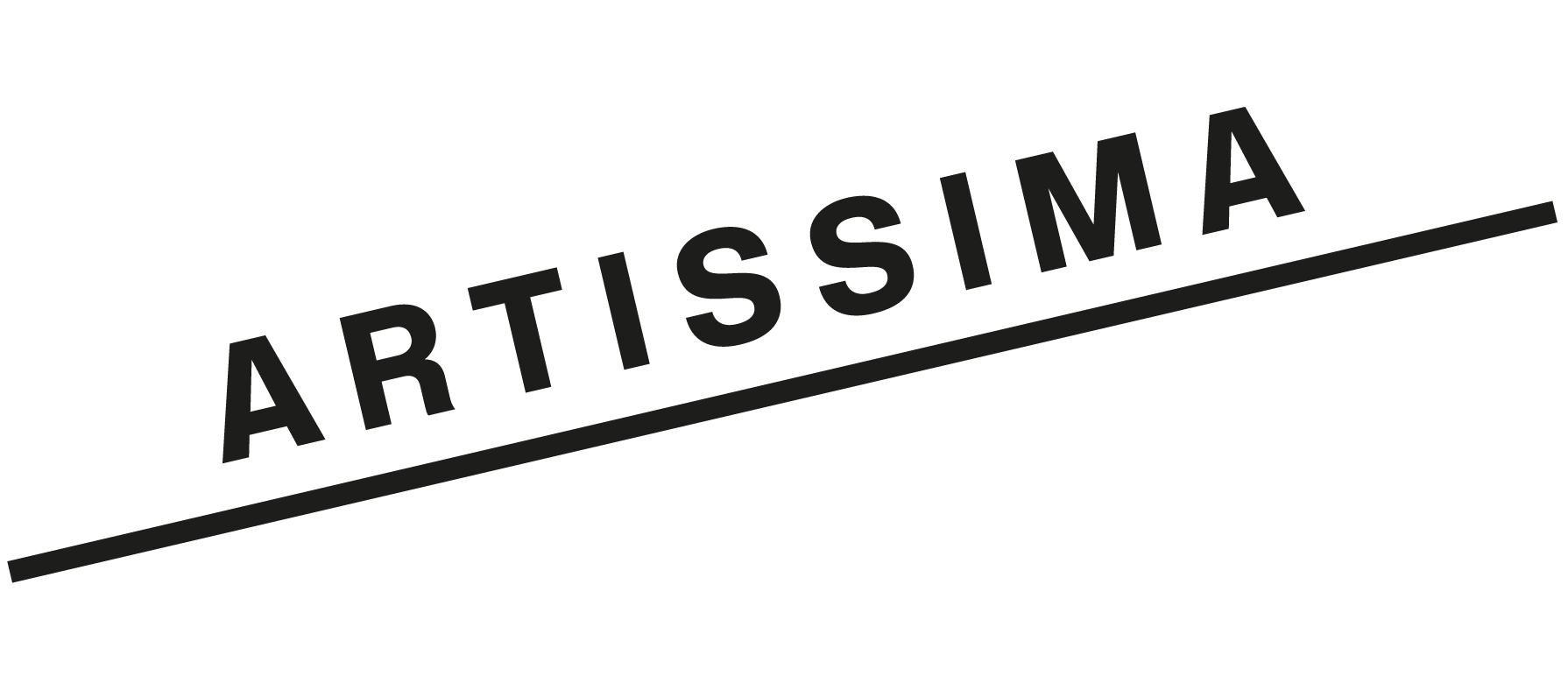The 22nd edition of Artissima opens its doors to the public from 6/11 – 8/11/2015. With a great number of initiatives, Turin is very international, when it comes to visual arts. We’ve talked to Tara Downs – Co-Founder of New York-based Tomorrow Gallery – about their participation and the art market …
What is the story behind the name of your gallery „Tomorrow“? How did you come up with this idea?
There is something slippery about the subject of tomorrow. Back when we opened in June, 2011, the art world was fixated on the technology and aesthetic of futurity. Our name acknowledges that the image of tomorrow best reflects the ideals and aspirations of the present. With that in mind, we set out to show contemporary work by artists exploring current avenues and ideas, but in the narrative of art, things cycle back around and yesterday becomes tomorrow again. We felt it was appropriate for the title of our project to address these notions.
Could you tell us more about your program? What is your special focus?
Tomorrow has an international focus, showing predominantly early to mid-career artists engaging with contemporary concerns. While many of the artists represented consider new media applications and the
influence of the internet, Tomorrow shows a wide breadth of media including painting, photography, sculpture, installation, etcetera. Tomorrow continues to work with artists such as Oto Gillen, Aleksander
Hardashnakov, Jason Matthew Lee, Carlos Reye and Brad Troemel.
The current art market is increasingly characterized by contrasts: more and more galleries are closing while contemporary art in auctions is blowing up all the records. Is the business model ‘gallery’ no longer serving the market or already dieing?
Like the progression of art itself, trends in the market are often drastic and sometimes short lived. The traditional gallery model is ever shifting, especially as the web allows for easier access to work and greater visibility for artists’ careers outside of more traditional gallery and press structures. I can’t verify if more galleries are closing than five years or even ten years ago, but as with any business model, the only constant is change and galleries will need to be responsive to the tempo of the art world and it’s needs.
Sabrina Möller



